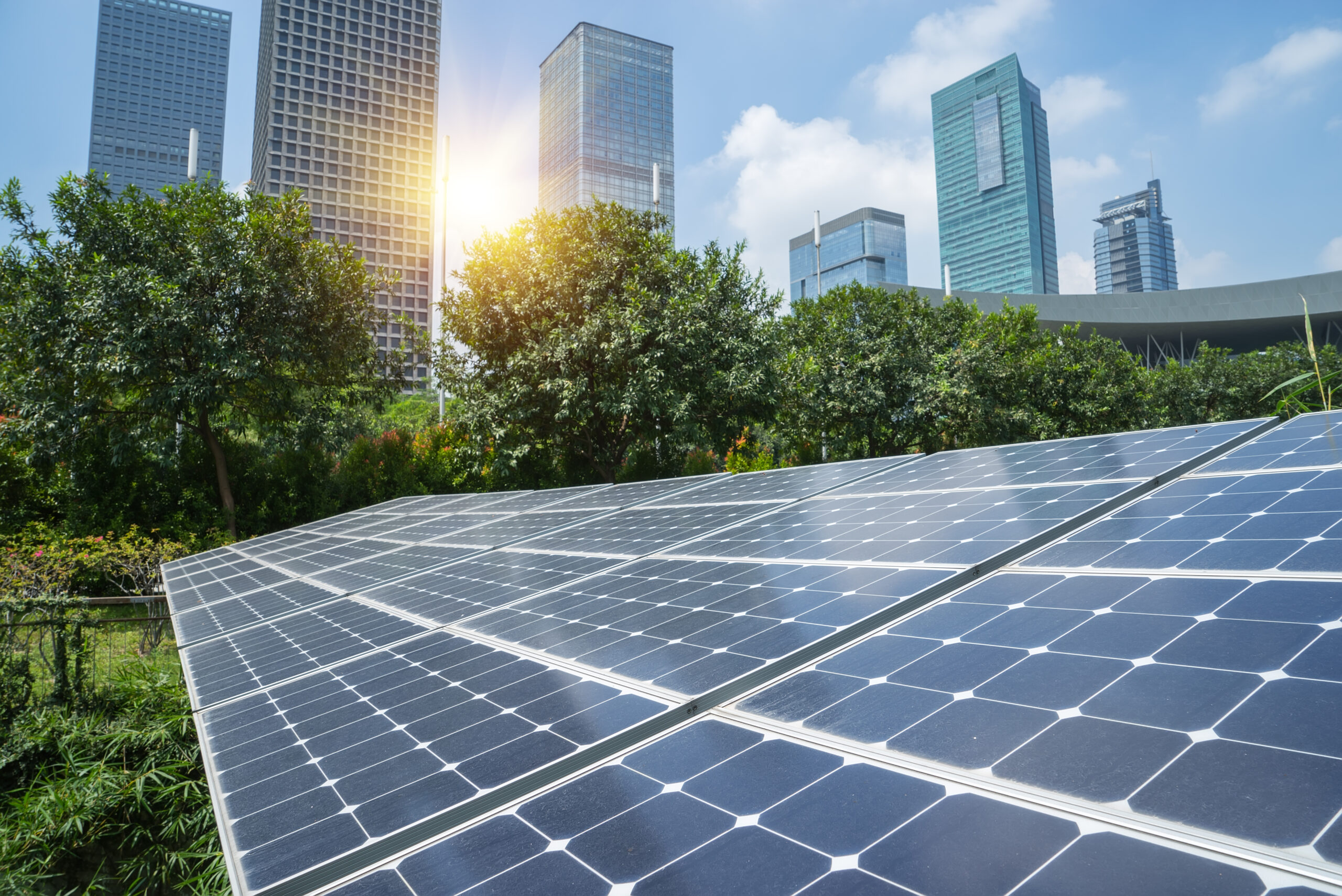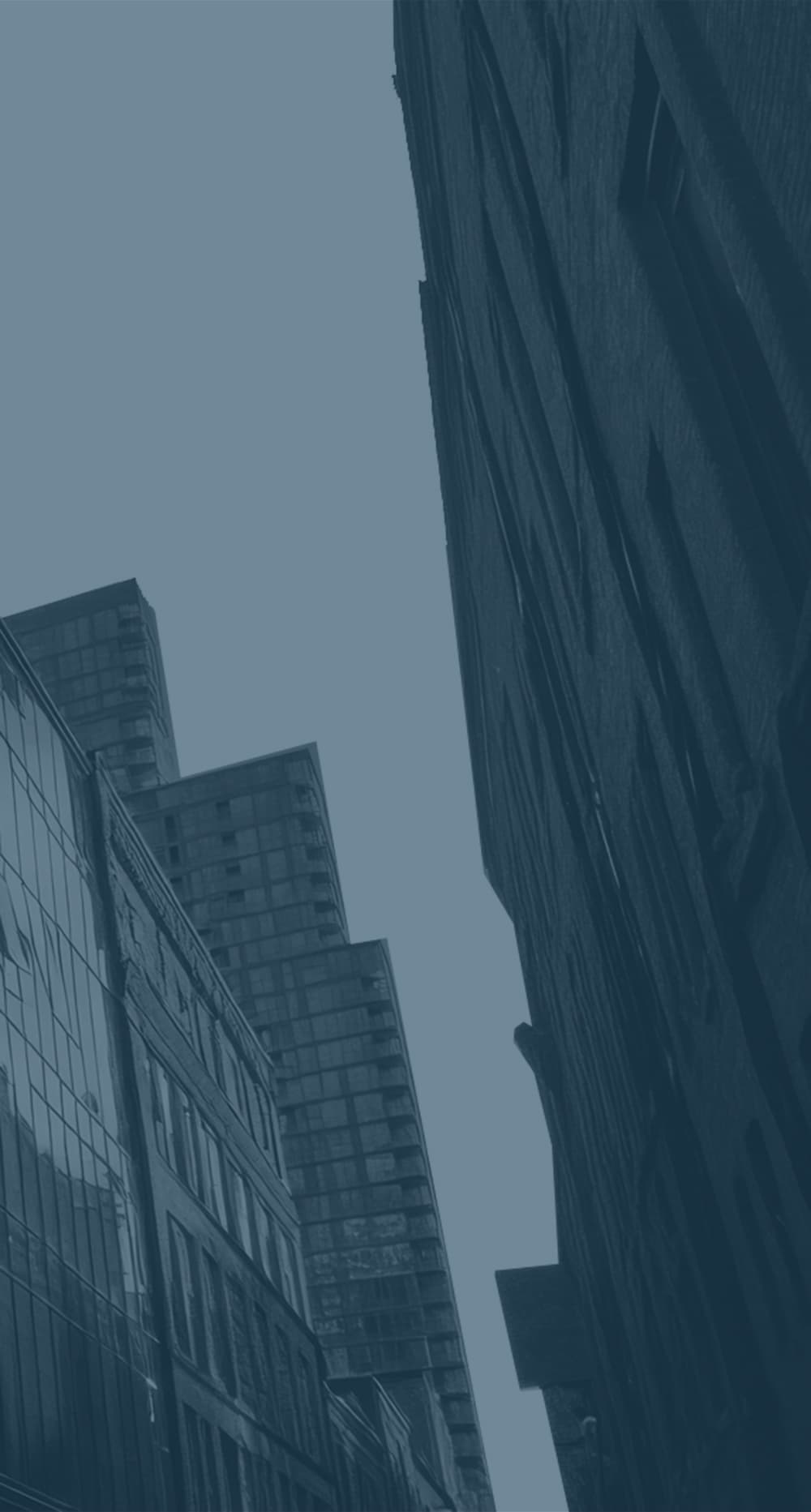Top 10 Sustainable Development Issues for 2021
February 23, 2021
ULI recently released its first-ever outlook on issues that are specific to environmental, social, and governance (ESG), focusing on the priorities of sustainability and resilience. By asking the questions: “What sustainability topics and issues are on the rise, why do they matter, and what should the industry do about it?”, the institute’s Greenprint Center for Building performance identified the top 10 issues that will affect decision making in the real estate industry in 2021 and beyond. Here are some key takeaways from each of the top 10 sustainable development issues:
1. Real Estate’s Increasing Role in Advancing Sustainability Throughout the Market
- Given the impact that the building sector has on carbon emissions – contributing nearly 40% globally – the real estate industry will increase their focus on the intersection of buildings and climate. Members of Greenprint are leading by example and have improved energy efficiency and reduced greenhouse gas intensity by 34% since 2009, with even more ambitious goals for 2030 and 2050.
- By integrating sustainability into their overall development strategy, real estate industry leaders can help inform sustainable policies at all levels of government and leverage their sustainability leadership to partner with local policymakers on climate policy.
2. Increased Appetite for ESG Investing
- Amid the global pandemic, there have been record inflows in ESG investing, with a recent survey showing that investors plan to double their allocations to ESG assets under management by 2025.
- The popularity of green bonds – bonds with specified proceeds going to fund projects with positive climate benefits – has risen in the last 10 years, presenting an opportunity to the real estate industry. Real estate firms can gain value from issuing green bonds in multiple ways – by highlighting their green assets, providing a positive marketing story, and opening the potential for buyers to pay a premium for the green label.
3. Heightened Emphasis on Health and Social Equity
- The pandemic has highlighted inequities in access to healthy living and working environments, and along with the protests for racial justice, has elevated the need for a stronger focus on development that fosters diverse, equitable, and inclusive communities. By learning about environmental justice and partnering with community-based organizations, real estate professionals can drive meaningful advances in equitable development.
- COVID-19 also elevated the focus on safe and healthy indoor environments, and third-party health and well-being certifications are increasingly sought by mixed-use and commercial building stakeholders.
4. Baseline Expectation for Energy Efficiency in Real Estate
- As building occupants expect healthy indoor environments, and energy efficiency is a top priority for tenants, owners, managers, and developers, new technologies that make buildings both healthier and more energy efficient will allow both goals to be achieved.
- Energy-efficient building provides value by decreasing operating expenses and increasing the overall asset value.
- Maintaining energy efficiency will involve smart building technologies and automation systems to track energy use and measure performance.
5. Tenants Driving Sustainability Innovation
- The ambitious climate goals of tech tenants like Microsoft and Google are affecting their real estate decisions and therefore driving demand for office spaces that reflect sustainable technologies and practices.
- Several programs have been established to help tenants conserve energy and reduce energy costs, including ULI’s Tenant Energy Optimization program, a 10-step process that delivers energy-efficient space design and financial returns through energy conservation.
6. Emissions Reduction through Embodied Carbon of Building Construction Materials
- In addition to building operations, the embodied carbon emissions of building construction materials is an important component of the overall carbon footprint and cannot be lowered after a building is constructed. This calls for rethinking the materials used in construction, with mass timber emerging as an environmentally conscious alternative.
- Wood buildings mitigate climate change by requiring less embodied energy to manufacture, storing carbon for the lifetime of the building, and as new trees are planted, continuing the cycle of carbon absorption. More opportunities for tall wood building construction have been opened thanks to the 2021 ICC permitting construction of mass-timber buildings up to 18 stories.
7. Increasingly Grid-Interactive Buildings
- To lower emissions through optimized building operations, building owners and operators must shift to alternative power, including on-site distributed energy resources, off-site renewable energy, and utility provided green power. Increasingly, grid-interactive buildings have a direct connection between utility providers and building operators to decrease energy use and alleviate regional grid stress.
- The nation’s market for renewable energy sources is being driven by increased demand from consumers and utilities who see cost savings, and by a rising number of states revising their renewable portfolio standards.
- All-electric building codes being passed by cities are pushing real estate developers to power new developments with clean electricity rather than fossil fuels.
8. Resilience and Climate Risk as a Priority for Investments
- As climate risks highlight the vulnerability of individual assets, specific locations within cities, and entire metros, leading real estate firms are increasingly prioritizing the issue by developing resilience strategies.
- Staying competitive in real estate development demands building for resilience, and climate considerations are a necessary layer of fiduciary responsibility to stakeholders.
- An increasing number of countries are requiring companies to provide climate-related financial disclosures to promote more informed investment decisions and a better understanding of the financial system’s exposure to climate-related risks.
9. Water as a Resource to Be Conserved and Leveraged
- Conserving water is a critical component of building performance, and the correlation between saving water and safe water merits attention to and investment in conservation.
- Through the development of water management plans by building owners, water is increasingly being leveraged through green infrastructure systems that capture and repurpose water. These management mechanisms create value for real estate projects by both improving efficiency of operations and providing an attractive amenity.
10. Waste Reduction Over a Building’s Life Cycle
- As both construction and day-to-day operations generate significant waste, developers are more interested in waste reduction and see value in the reuse of materials for their new projects – both ground up and redevelopment. This rising interest has led to the creation of building tools like waste audits and databases, and zero-waste certifications to define and achieve zero-waste goals.
- A recent report affirms this interest by concluding that delivering more flexible, adaptable, and de-constructable buildings, the real estate sector can achieve significant financial returns while reducing their carbon footprint.
In conclusion, the goal of sustainable development is to increase building value while creating communities that can withstand the tests of time and change. The market today values ESG in real estate more than ever, and owners, investors, occupants, cities, and communities all find value in sustainable development.








